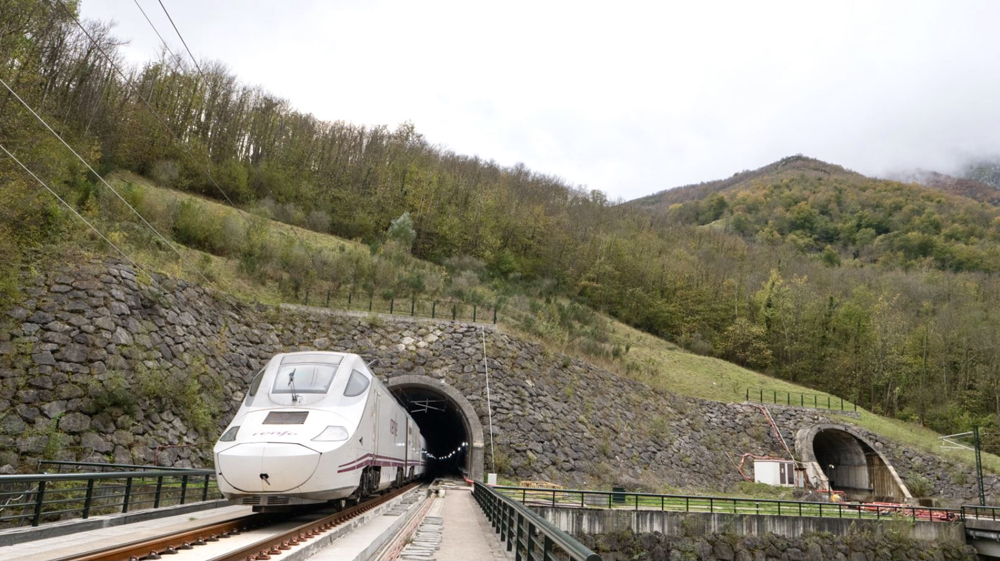
MADRID — The King of Spain, King Felipe VI, and his top government ministers have officially opened a new railway line linking the northern province of Asturias to the rest of the Spanish high-speed network, traveling on Nov. 29 in a specially operated high speed train between Madrid and Gijon on the northern coast of Asturias. Regular passenger services began the next day, Thursday, Nov. 30.
The 31.25-mile-long new section of railway includes the 15.43-mile Pajares Base Tunnel, now Europe’s seventh-longest rail tunnel, built underneath the Cantabrian mountain range. The new line shortens the distance by rail between the cities of Oviedo and León by 23 miles, avoiding the old steeply graded and circuitous line over the Pajares Pass.
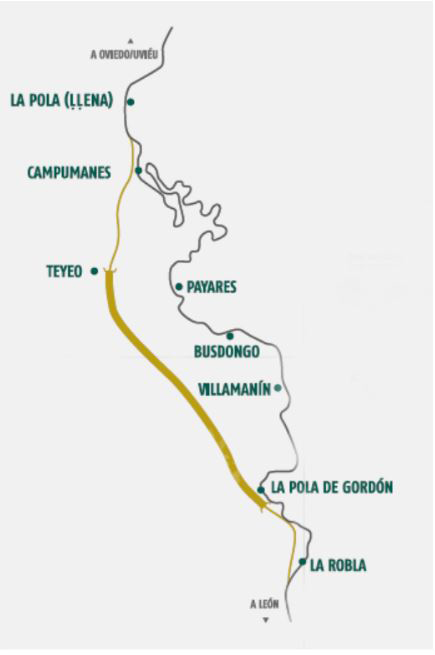
In addition to the 275-kilometer-per-hour (172-mph) base tunnel, the new 200km/h (125-mph) line features 10 more tunnels and 10 viaducts. It reduces travel times for both passenger and freight trains by more than an hour.
Construction of the twin-bore base tunnel took 20 years beginning in 2004, and involved five tunnel boring machines working simultaneously — four for the rail tunnels and one for a 4-mile emergency access tunnel. Complex geology and high levels of water ingress from multiple aquifers delayed progress multiple times, and on several occasions, project opponents suggested it be shelved. The tunnel is built as a gradual slope downwards heading north, as the land in central Spain is higher than on the other side of the mountains in Asturias.
While base tunnels are not unusual in Europe — there are several in Switzerland and more under construction in Austria, Italy, and France — the railway in the Pajares Base tunnel is unusually complex. This is due to designers trying to accommodate all the trains that used the old line through the mountains (which will likely be abandoned at some point) as well as the new high speed services. To do this, tracks of both Iberian broad gauge (1,668mm/5 feet, 521⁄32 inches) and standard gauge have been laid. In one of the two running tunnels both gauges have been installed, while the westernmost bore is broad gauge only — but features special concrete ties, used widely in Spain, that allow for installation of another rail to create a dual-gauge line in the future.
To add even more complexity, the new tunnels use the 25kV AC electrification standard for Spain’s high speed network — but the broad gauge trains will all be freight, and there are almost no freight locomotives in Spain that can switch to that power system from the 3kV DC used everywhere else on the broad gauge network. In fact, there are currently just 18 such locomotives, all built in the last year or two by Stadler in Spain and used by two freight companies: RENFE, the state-owned railway, and Captrain, owned by French state railway SNCF.
A gauge changer for high speed trains has been built at the north end of the base tunnel to enable special gauge-changing high speed trains to switch to the broad gauge for the remainder of their journey north into Asturias.
The new line cost around $4.4 billion, according to Spanish national rail infrastructure manager ADIF, with substantial funds from the European Union. This isn’t the last high speed line to open in Spain; multiple sections of new routes are currently being built around the country so that by the 2030s, almost every major city will join the network.
High speed competition growing
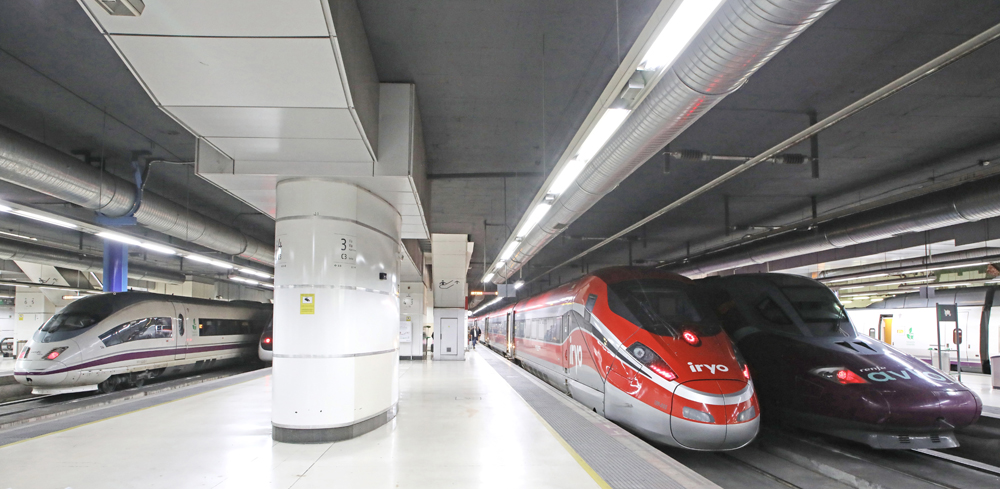
Since late 2022, Spain is the only nation with three competing high speed rail operators on the same tracks and routes. One of them, state rail company RENFE, has two completely differently branded operations — so for most passengers, it seems like there are four operators.
This competition hasn’t happened by accident. Infrastructure company ADIF, which has spent billions building the high speed rail network since the 1990s, set out to attract more business. Competing trains using its tracks have been good for ADIF’s finances, as every operator has to pay to use the infrastructure, which not only covers the maintenance costs, but in the long term will pay off the cost of building the lines as well. ADIF has been quite prescriptive in tendering slots, insisting on frequent services and on multiple routes, so any operator starting out has to run a full service, not just at busy times when peak fares can be charged. The companies run the services at their own risk, as they are not subsidized.
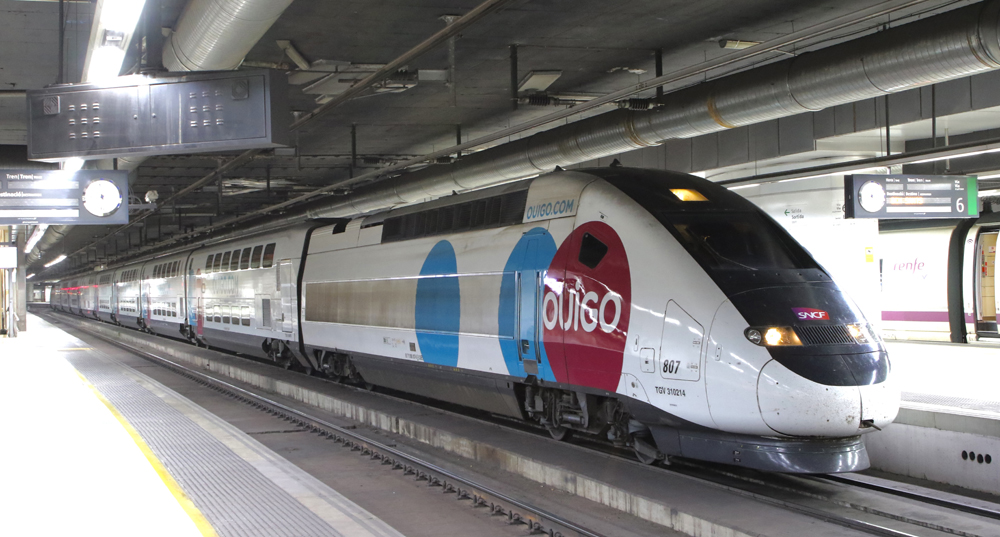
The first new entrant was France’s SNCF, which set up a subsidiary in Spain and moved a small fleet of double-deck TGV trains there. Operating initially between Madrid and Barcelona as of May 2021, these use the “OuiGo” low-cost branding SNCF also uses in France. OuiGo España operations have since expanded to include Madrid-Valencia in 2022 and Madrid-Alicante since April of this year.
The next new high speed operator — branded as “Iryo” — is owned by Intermodalidad de Levante S.A. (ILSA), a three-way, jointly owned company in which Italian state rail operator Trenitalia is the largest shareholder with 45%. Other partners are Spanish airline Air Nostrum (31%) and global infrastructure/transport investor Globalvia (24%). Iryo began operating in November 2022 with 12 train pairs each day on the Madrid-Zaragoza-Barcelona route. Iryo is using 20 brand-new, high-specification Frecciarossa 1000 trains built by Hitachi in Italy — these trains are basically the same type Trenitalia uses in Italy and France. Iryo offers a range of service from economy to all-inclusive business class, and onboard catering is available for all passengers. Iryo expanded its operation to include the Madrid-Valencia route in December 2022 and added services from Madrid to Córdoba, Sevilla, and Málaga in March this year.
RENFE has reacted to the on-track competition from Iryo and low-cost OuiGo by operating more of its own “low cost” Avlo services, as well as its regular “AVE” services on the same routes. Avlo services began on the Madrid-Barcelona-Figueres route in June 2021, having been delayed by the COVID-19 pandemic. In February 2022, six Avlo train pairs a day began operation between Madrid and Valencia, with Madrid-Alicante service starting in March 2023 and between Madrid, Seville and Málaga in June.
For track owner ADIF, the competition is paying off. Revenues from track access fees were up 44% in 2022, generating profits of around $200 million. By early 2023, around 1,000 high speed trains were operating each day in Spain — a big jump from 2021, when the number was around 780. ADIF plans to open up more routes, especially those north of Madrid, to more competition. However, some of these routes — e.g. the new line through the Pajares Base Tunnel — require trains that can change gauge, and only RENFE currently owns any of those.






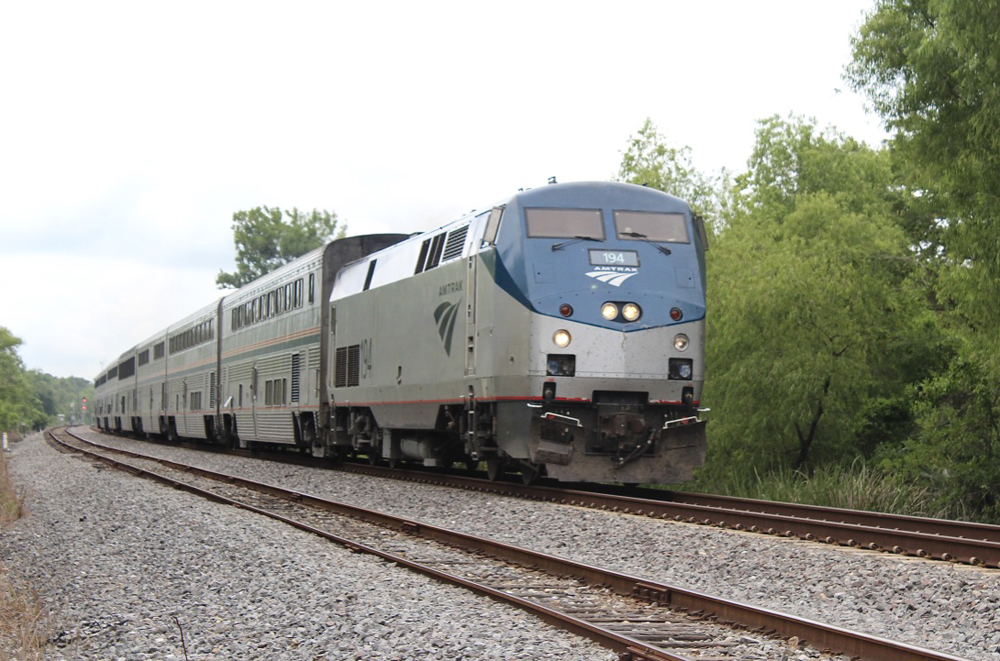
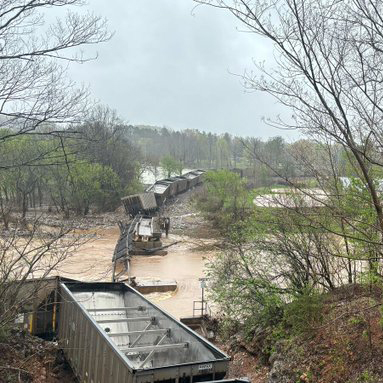

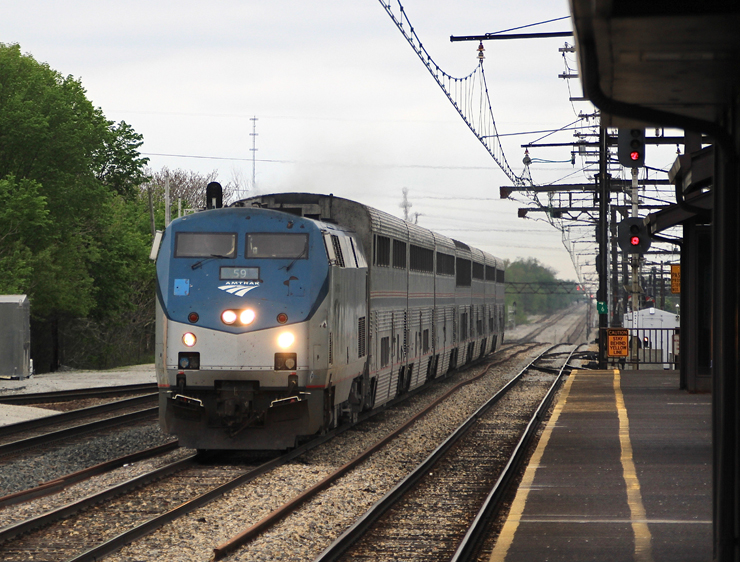




Better late than never!
Dr. Güntürk Üstün
A 31 mile new route cuts 23 miles. = 54 mile old route. Unbelievable. A very extreme example of getting rid of slow sections. Now 20 years to build the tunnel that even is longer than the new Gotthard base tunnel.
It does appear that Spain still has a lot of Broad Gauge trackage. The mixture of 25 kV AC and 3 kV DC systems appear a difficulty with lack of dual power capable locos.
The most important point everyone is missing is that the Spanish rail authority (ADIF) bids out track access fees to the passenger carriers. It has fostered competition and revenue from the access fee (as noted in article) up 44%.
Everyone moans about the US being behind, well, Spain was *way* behind too.
Make Amtrak a passenger authority like the FAA and bid out track access fees to generate Amtrak revenue. Then they can sink the dough into better ROW and not bureaucrats and union lobbyists.
I like where your mind is but the railroads do not want to deal with unknown devils and certainly not numerous new unknown devils getting access to their tracks. Then there’s the matter of liability. Does every new operator prove qualification under the existing and capped policy or something else?
@ Dan Carleton: Since they would be technically under contract to Amtrak, they would still fall under their liability umbrella. Amtrak would be the traffic controller to manage the carriers operating on Class 1 tracks to avoid freight interference as much as possible. So the Class 1’s would still be dealing with the single “devil” called Amtrak, since they “own” the traffic management.
However, if a DOT or other non-Amtrak authority builds their own ROW’s then the liability would shift to the DOT and the carriers using it.
Meanwhile in the USA, Canada, and Mexico. Basically North America?
“… 20 years of construction” This is far beyond any domestic political cycle/collective domestic memory. As such it is way beyond radar range.
As seen in this article, tunneling takes a long time. California’s high speed rail tunnels linking the Central Valley with the Bay Area and LA Area need to get started soon. Thanks to high speed rail opponents in North America, CAHSR continues to fall behind due to political obstructions. Build it!
Tunnels linking the Central Valley with the LA Area should have been done FIRST. Connecting LA to the existing end of the line in Bakersfield would have given the project as a whole something to grow over the course of a generation. As it grew you add more high-speed portions as time and ridership warrants. Instead they built a line through a valley which already had three. Very poor execution.
Exactly!
We are sooooo far behind the rest of the world in passenger rail. It’s sad and embarrassing.
Thanks to CalHSR, we continue to fall even further behind with each passing year. Remind Gavin Newsom that Ron DeSantis demolished him last night.
Unfortunately true!
Dr. Güntürk Üstün